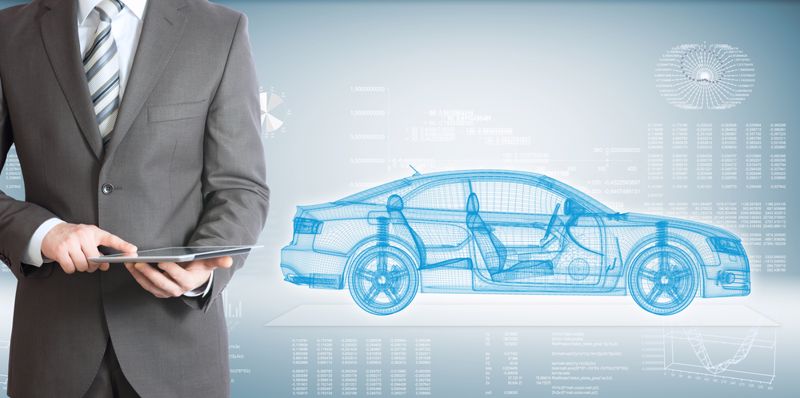Telematics is one of many technological advancements that have emerged in recent years. It utilizes the internet of things (IoT) and has many different applications for the transportation industry.
It's expected that the Global Fleet Telematics Systems Market will grow to $69.57 billion by 2023-2027, increasing at a CAGR of 23.18%. Telematics can range from GPS tracking to vehicle diagnostics and continues to evolve to encompass so much more than we could have ever imagined.
Telematics in the automotive industry is used across multiple sectors such as fleet management, insurance, maintenance, safety and security and infotainment. For example, insurance providers can use telematic technology to offer discounts based on safe driving habits, or incentivize drivers who use their vehicles less often or drive more efficiently with lower emissions levels.
Currently, navigation systems are one of the most popular instances of telematics, as they've become a standard feature on most new vehicles. Diagnostic systems have also become more widespread because they help mechanics identify potential problems with a car before a major issue occurs. This helps keep drivers safe and lowers their repair costs. Remote controls allow drivers to monitor their cars' status from anywhere, giving them insight into the car's location, air pressure, oil health and more without needing to be near the vehicle.
The use of telematics in fleet management can help fleet managers reduce fuel consumption and vehicle maintenance costs significantly, while at the same time increasing driver productivity and satisfaction levels.
Let's take a closer look at some of the multiple telematics trends we can expect in 2023:
Predictive maintenance
Predictive maintenance can be applied to any type of fleet or automobile, but it's most commonly used for heavy-duty vehicles such as buses, trucks, trains or airplanes. These vehicles are expensive to maintain, so predictive maintenance helps avoid costly repairs in the future.
Telematics uses thousands of pieces of information to predict when restorations and proactive maintenance needs to be done. Analyzing the data from every car and applying artificial intelligence and machine learning capabilities can expand the life of each fleet member while decreasing the risk of roadside breakdowns and expensive repairs.

Geofencing
Geofencing for fleets is on the rise because it provides an accurate way to track fleet vehicles and manage their routes. Geofencing also makes it easier to monitor driver behavior and improve safety. Additionally, managers are sent real-time updates that deliver valuable information about maintenance requirements and upkeep of the vehicles. This information can be incredibly beneficial.
The future of telematics in the transportation industry
As we've seen, there are many uses for telematics in the auto industry. Through increasing adoption and evolution of navigation systems, diagnostics, remote control and more, we can expect to see the technology advance even further in the future.
Greening Testing Laboratories is a fully certified brake testing lab that provides a variety of brake testing services worldwide. Contact Greening for a complimentary consultation.
